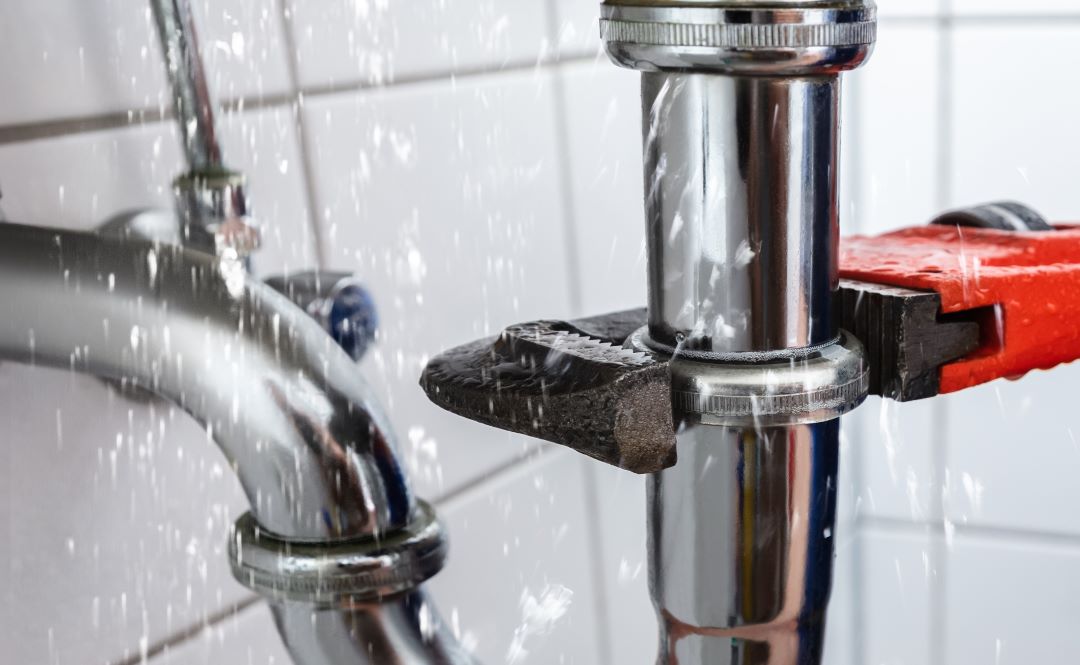By Pat Muller, Ready 2 Respond Trainer
When floodwater enters a facility, conducting a thorough assessment of the water source is crucial before responding. Facilities teams must quickly assess whether the water is “clean” (Category 1) or contaminated (Category 2 - gray, or Category 3 - black). This initial evaluation is vital, as it dictates whether cleanup by internal teams is feasible or if professional restoration or remediation intervention is necessary.
Accurate categorization ensures staff safety and informs the appropriate remediation strategy – saving time and resources while minimizing long-term damage.
Know the source. Category 1 water originates from sources such as broken pipes, overflowing sinks, and appliance malfunctions and typically poses no significant health risks. In contrast, water from toilet overflows, sewer back-ups, and groundwater intrusions fall under Category 2 or 3 and should be mitigated by trained and certified professionals.
Assess the duration of exposure. Timing is important, even if the water appears clean. If it sits for more than 24 to 48 hours, clean water can become contaminated and harbor mold and bacteria, especially in warm conditions.
Check for odors. If foul odors are present, investigate further until the source of the odor is found. Typically, odors indicate that water is not Category 1.
Once the water intrusion has been confirmed as clean or Category 1, structural drying can proceed in-house following standard operating and safety procedures.
For expert guidance on water damage tools and hands-on training, contact the Ready 2 Respond team to learn more.


Share:
Top 10 Resources for Hurricane and Flood Monitoring
Learn from Water Damage to Improve Recovery